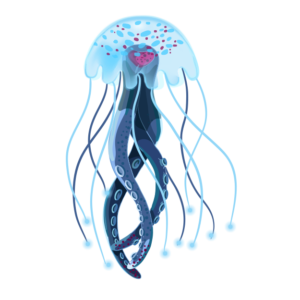DOES YOUR CHILD GRIND HIS OR HER TEETH AT NIGHT?
 Bruxism, or the grinding of teeth, is remarkably common in children and adults. For some children, this tooth grinding is limited to daytime hours, but nighttime grinding (during sleep) is the most prevalent. Bruxism can lead to a wide range of dental problems, depending on the frequency of the behavior, the intensity of the grinding, and the underlying causes of the grinding.
Bruxism, or the grinding of teeth, is remarkably common in children and adults. For some children, this tooth grinding is limited to daytime hours, but nighttime grinding (during sleep) is the most prevalent. Bruxism can lead to a wide range of dental problems, depending on the frequency of the behavior, the intensity of the grinding, and the underlying causes of the grinding.
A wide range of psychological, physiological, and physical factors may lead children to brux. In particular, jaw misalignment (bad bite), stress, and traumatic brain injury are all thought to contribute to bruxism, although grinding can also occur as a side effect of certain medications.
How can bruxism damage my child’s teeth?
 Bruxism is characterized by the grinding of the upper jaw against the lower jaw. Especially in cases where there is vigorous grinding, the child may experience moderate to severe jaw discomfort, headaches, and ear pain. Even if the child is completely unaware of nighttime bruxing (and parents are unable to hear it), the condition of the teeth provides your pediatric dentist with important clues.
Bruxism is characterized by the grinding of the upper jaw against the lower jaw. Especially in cases where there is vigorous grinding, the child may experience moderate to severe jaw discomfort, headaches, and ear pain. Even if the child is completely unaware of nighttime bruxing (and parents are unable to hear it), the condition of the teeth provides your pediatric dentist with important clues.
First, chronic grinders usually show an excessive wear pattern on the teeth. If jaw misalignment is the cause, tooth enamel may be worn down in specific areas. In addition, children who brux are more susceptible to chipped teeth, facial pain, gum injury, and temperature sensitivity. In extreme cases, frequent, harsh grinding can lead to the early onset of the temporomandibular joint disorder (TMJ).

